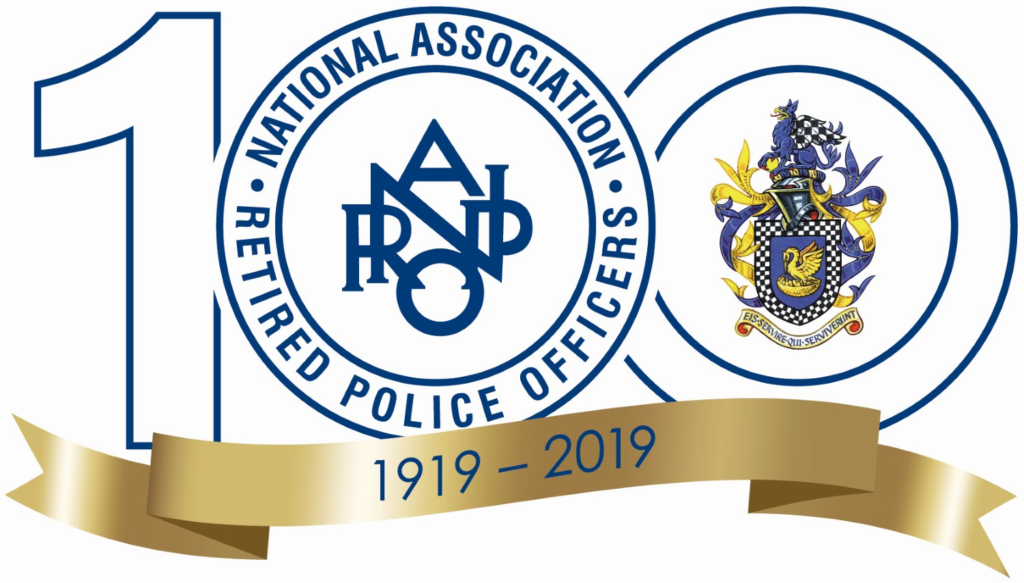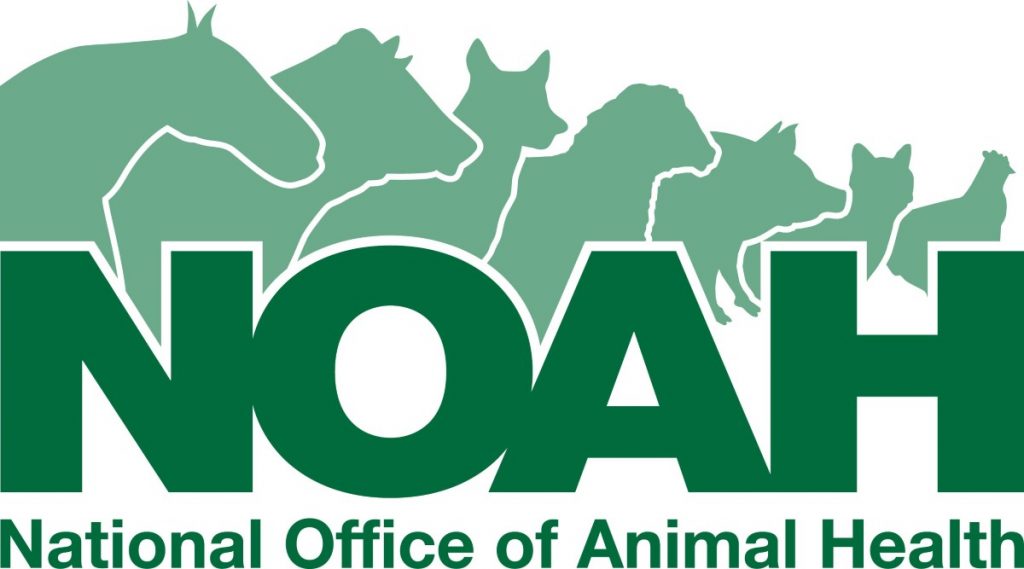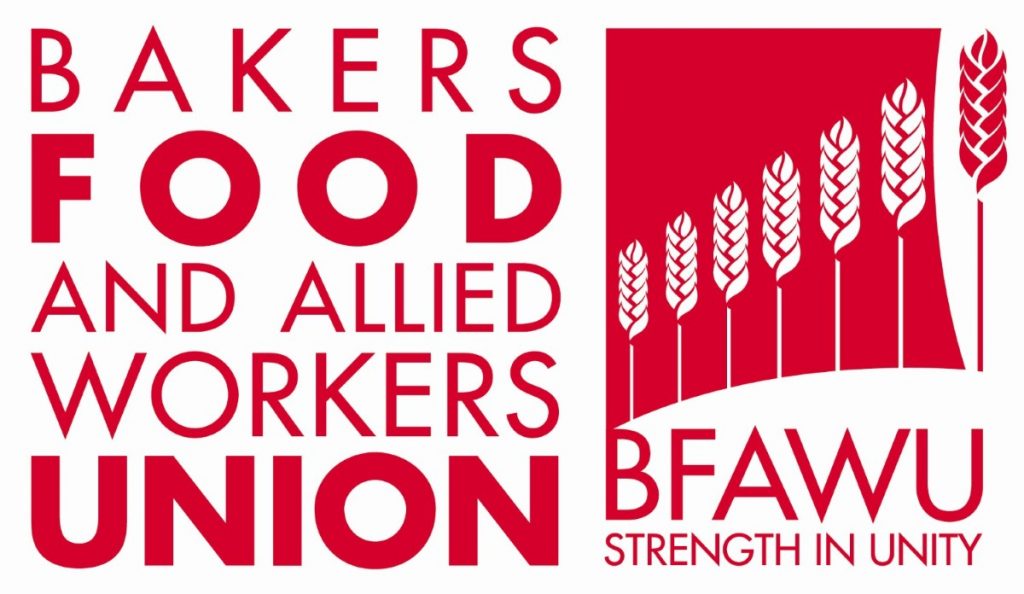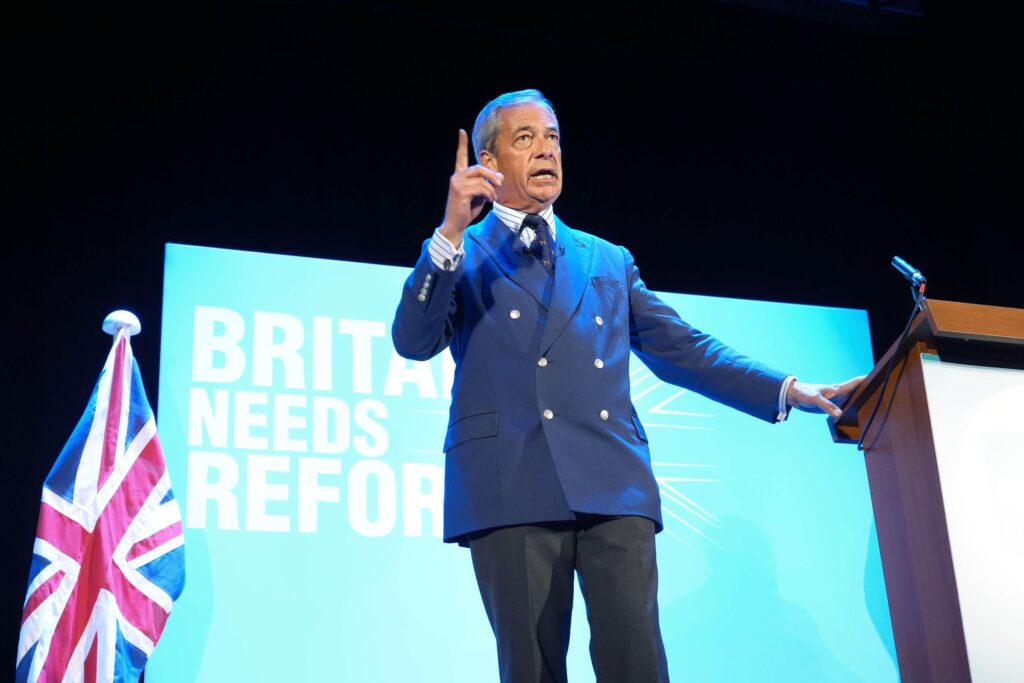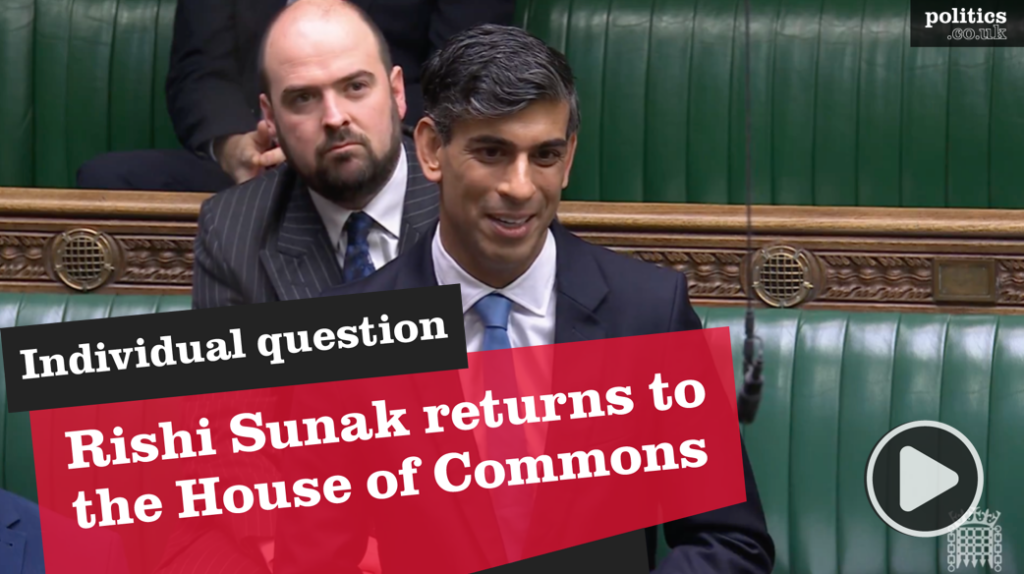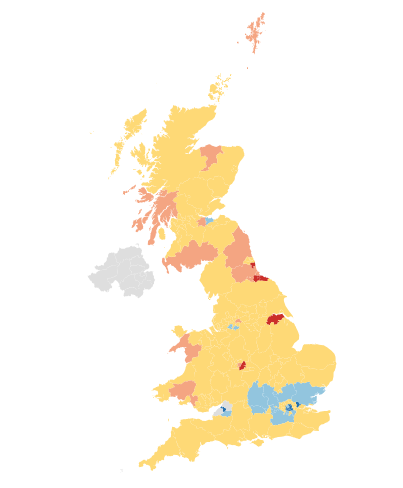What are National Air Traffic Services?
Air traffic control (ATC) is the management of aviation traffic. The principal aim of ATC is to ensure the safety of air transport – both civil and military. ATC in the UK is provided by National Air Traffic Services (NATS), a commercial enterprise that charges airlines fees for providing its services.
UK airspace contains a network of corridors which are usually ten miles wide and stretch from a base height of 5,000 fee to 24,000 feet. In airspace which is controlled, there is a system of structured routes. The aircraft using controlled airspace are managed by air traffic control services. Outside of controlled airspace the pilot does not receive assistance from air traffic control.
In the UK, the Civil Aviation Authority (CAA), the aviation regulator, is responsible for the planning and regulation of all UK airspace, whilst en-route air traffic services are provided by NATS.
NATS provides air traffic services at 14 of the UK’s major airports. These include the world’s busiest for international flights (Heathrow) and the world’s busiest single-runway airport (Gatwick). In each case, NATS operates under contract to the airport operator, won on a competitive basis against other service providers.


Prior to July 2001, NATS was a wholly publicly-owned corporation; then under a highly controversial Public Private Partnership deal, the company became jointly owned by the Government, a consortium of airlines and its staff.

The UK government owns 49% of NATS.
In his Budget speech of June 2010 the Chancellor, George Osborne, said the Government would seek to sell its 49% stake as part of its programme to reduce the government’s huge budget deficit. The Department for Transport ran a call for evidence in 2011 to explore future options for the 49% shareholding and in July 2012, Transport Secretary Justine Greening announced that the sale would not now go ahead.
Having considered all the options, the Government concluded that it was “in the best interests of the British taxpayer, the travelling public and the company itself to retain the Government’s shares in NATS at this time.”
History of NATS
The 1980s and 1990s saw dramatic growth in the global aviation industry, with the UK at the forefront. Indeed, today, the UK is second only to the USA in the size of its aviation sector.
The Civil Aviation Act 1982 created a statutory duty for the aviation regulator, the Civil Aviation Authority, to maintain air navigation services in the UK. NATS was subsequently established as a public corporation within the CAA to fulfil this role.
The growth of aviation put enormous demands on NATS to cope with ever more flights. However, as a public corporation, NATS was subject to an External Financing Limit: because any borrowing that NATS undertook added directly to the Public Sector Borrowing Requirement (PSBR), it was subject to a cap on borrowing. This EFL meant that NATS was prevented from obtaining funds for investment on the one hand by political factors impinging on the levels of fees it could charge, and on the other by macroeconomic obstacles to borrowing.
As such, NATS became highly reliant on Government grants for investment purposes. Although grants peaked in 1993 at £130 million, it was widely recognised that NATS was unable to adequately fund the investment required to keep pace with industry growth. Throughout the 1990s, calls for the privatisation of NATS grew.
NATS’ international competitiveness was also hampered by a long-running procurement problem. In 1988 it was decided that a New En Route Centre at Swanwick would be built to replace the West Drayton London Area and Terminal Control Centre (LATCC) by 1996. Due to major software difficulties, however, Swanwick did not open until 2002. The LATCC continued to operate with outdated equipment until that time, a situation which air traffic controllers’ unions described in 1998 as “dangerously close to the limit”. Similar delays have been experienced with the new Prestwick centre, due for opening in 2009.
In the mid-1990s, calls for some sort of privatisation for NATS (not least from NATS itself) were becoming irresistible. Although Labour had previously opposed such a step, with then-spokesman Andrew Smith famously declaring that “our air is not for sale”, by the time of the 1997 general election it had accepted the need for a change in NATS’ circumstances.
Many options were considered and rejected. NATS itself put forward the ideas of “corporatisation” and conversion into a non-profit trust. Other ideas ruled out included a Private Finance Initiative deal and treating NATS as a regulated utility after a public flotation of half of its stock.
In June 1998, the Transport Minister Gavin Strang announced that NATS would be subject to a Public Private Partnership (PPP), under which the Government would retain a “golden share” of 49 per cent, while 5 per cent of the remaining stock would be reserved for staff, and the rest would be sold to commercial investors. This, it was claimed, would free NATS from public sector borrowing constraints (separating it from the CAA), subject the company to private sector financial disciplines and raise money for investment from the sale, while retaining a substantial public sector interest, with the Government as a partner in the business.
The Transport Act 2000, passed in November 2000, laid the legislative framework for the PPP. The Government was determined to secure a single private sector partner, and March 2001 saw the Airline Group – a consortium of seven airlines – chosen as preferred bidder. The £750 million sale was completed in July.
However, just two months later, the September 11 terrorist attacks on the USA had a disastrous impact on NATS. 75 per cent of NATS’ income came from en route charges, and in the aftermath of the attacks, flights were dramatically reduced. Transatlantic flights, which alone accounted for 44 per cent of NATS’ revenues, were particularly affected. In 2002, NATS estimated the losses it would incur as a result of 9-11 for 2001-2005 would amount to £190 million.
In response to the downturn, the Government and NATS’ bankers opened lines of credit worth £60 million – a controversial move, in the light of the promises made about the PPP.
Furthermore, NATS’ antiquated infrastructure has caused growing problems in recent years. The 30-year-old West Drayton Flight Data Processing System crashed twice in 2002, and again in June 2004, causing substantial disruption – albeit no accidents. Originally due for replacement in 2000, reports suggested that the FDPS was unlikely to be completely overhauled before 2011.
NATS is currently working with other European air navigation providers on the Single European Sky initiative and the SESAR air traffic management research programme. According to NATS, by 2020, air traffic will have doubled and SESAR’s aim is to ensure that, using interoperable systems, it is controlled even more safely with minimal delay and fewer emissions.
In December 2014, air traffic throughout London was restricted due to a system failure at NATS leading to the closure of London’s air space temporary.
Debate about the ownership of NATS
The NATS PPP was and remains highly controversial. In opposition, Labour had strongly rejected privatisation of NATS, and the switch of policy in Government proved very divisive. Debates on the Transport Bill (later Transport Act 2000) saw some of the biggest backbench rebellions of the first Blair government, headed by the chair of the consistently anti-PPP Transport Sub-Committee, Gwyneth Dunwoody. Ms Dunwoody, whose Committee had repeatedly urged the Government against privatisation at all and the PPP in particular, championed the non-profit trust model seen in Canada.
As well as the ideological objection to privatisation of such an apparently vital service, the debates on the PPP were dominated by the question of safety. Opponents of the PPP were convinced that standards would be compromised by the introduction of profit motivation, and they pointed frequently to Railtrack as a parallel. This was made all the more pointed by the disastrous Paddington rail crash, which occurred in 1999. The Government maintained that Britain’s safety standards were amongst the highest in the world, and that the separation of NATS from the CAA, whose Safety Regulation Group ensures compliance with them, in fact strengthened the arrangements, by removing a potential intra-CAA conflict of interest.
The Government succeeded in passing the Act, although it was forced to concede provisions for safety review.
NATS’ problem of underinvestment predated the PPP, but at the time, both NATS itself and the CAA expressed reservations about the proposed high level of debt and high gearing ratio. The weaknesses of NATS’ finances were exposed by the post 9-11 downturn, exacerbated by a trend amongst airlines towards smaller aircraft, which incurred lower charges. The extension of extraordinary loan facilities was regarded by opponents of the PPP as a vindication of their warnings.
The Government elected to provide loans to NATS, because in 2000 it had promised that no additional direct funding would be made available in order to justify the rationale behind the PPP, namely that a sell-off would meet future investment requirements.
The choice of the Airline Group as the PPP partner was also controversial. It was widely argued that the arrangement was unfair on other airlines excluded from the deal, as the members of the consortium might receive preferential treatment. The Airline Group has been particularly criticised by the unions for neglecting the concerns of staff, in favour of the banks.
The announcement by the Chancellor in June 2010 that the Government planned to sell its 49% stake in NATS was highly controversial, raising concerns that Britain would lose control of its own airspace. The German state-owned air traffic control body Deutsche Flugsicherung had already declared an interest.
Transport Secretary Justine Greening, confirming in 2012 that the sale would not now go ahead, spoke of the “strategic importance of NATS to the UK and the far reaching implications of a sale at this time.” These included the continued development of the Single European Sky agenda and the ongoing work on the Single European Sky Air Traffic Management Research Programme (SESAR).
Statistics
NATS is owned by a Public Private Partnership: the Government (49%); The Airline Group, a consortium of UK airlines (42%); BAA (4%) and an Employee Share Trust (5%).
The Airline Group comprises: British Airways; Virgin Atlantic; Bmi; EasyJet; Monarch Airlines; Thomas Cook; Tui Travel. -Source: NATS
Quotes
“Our vision is: To be the acknowledged global leader in innovative air traffic solutions and airport performance.” – NATS – 2012



